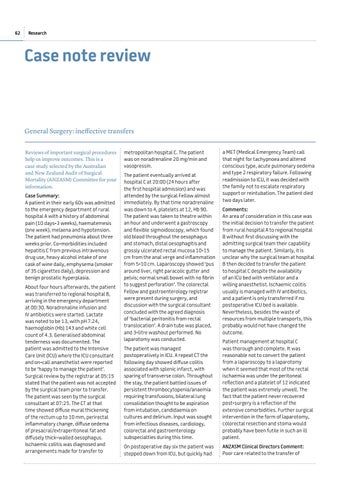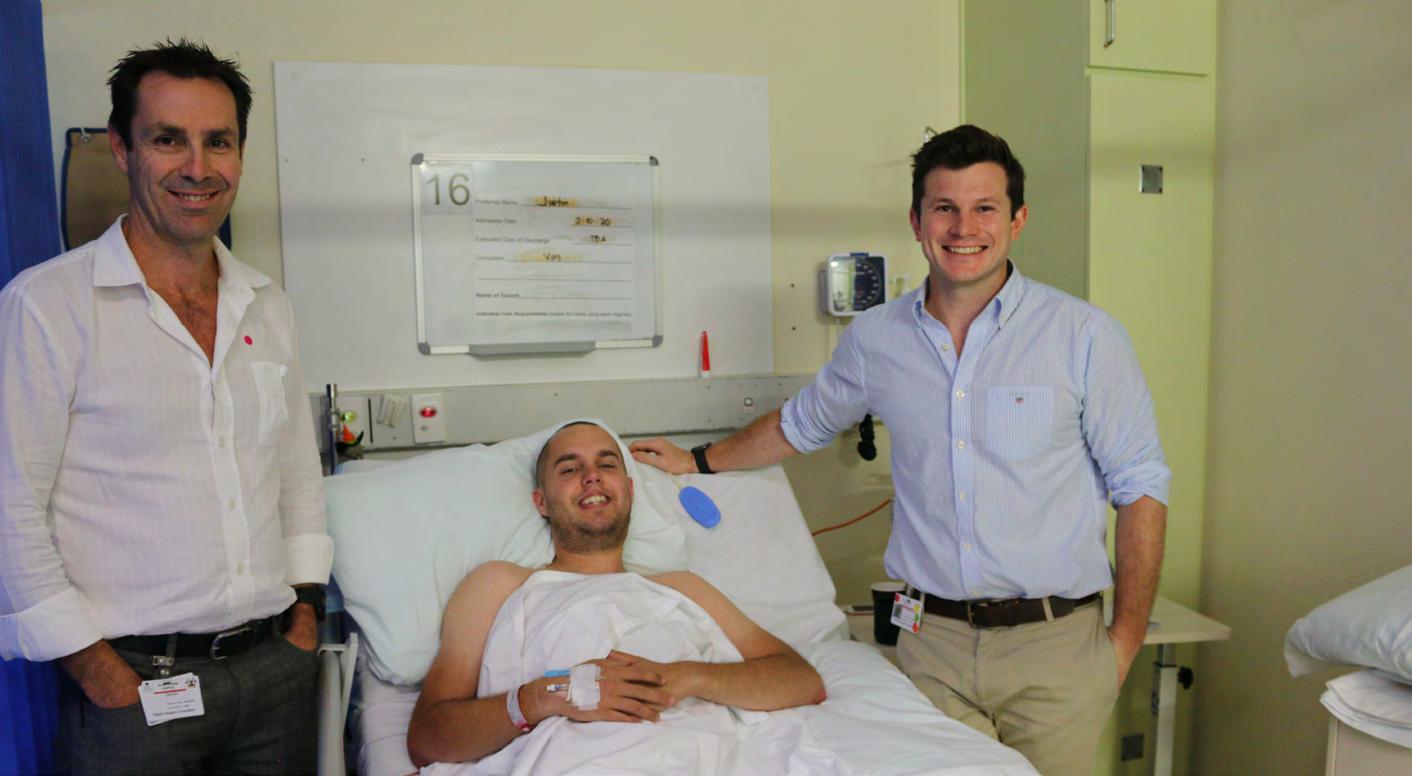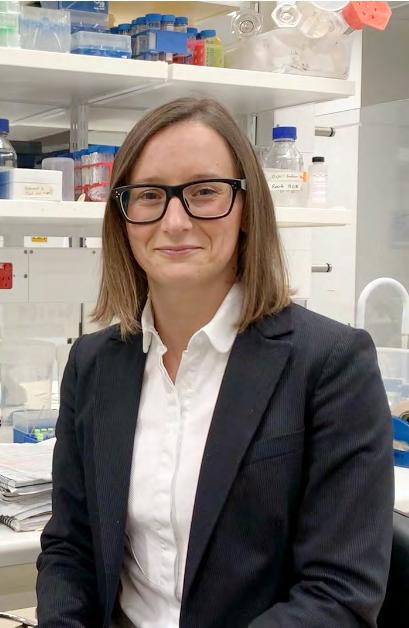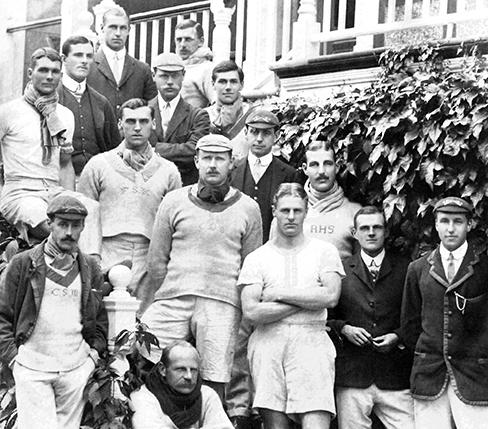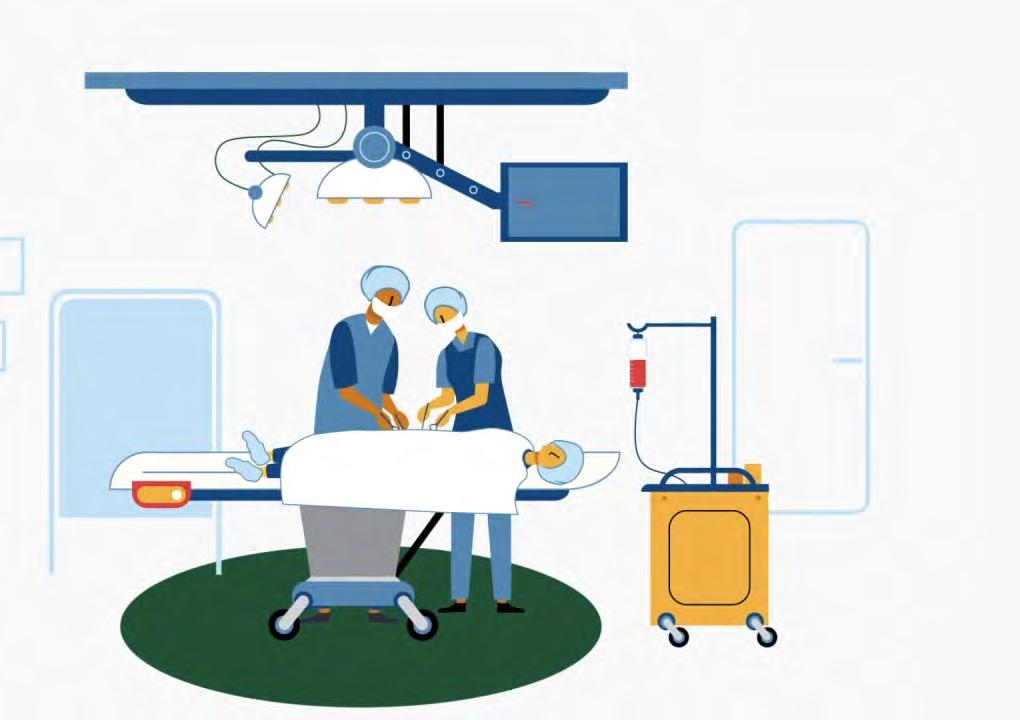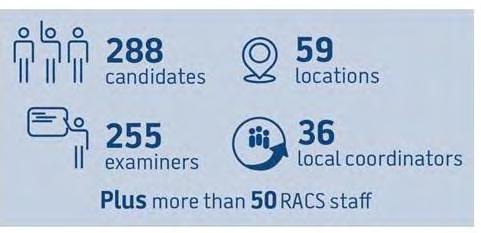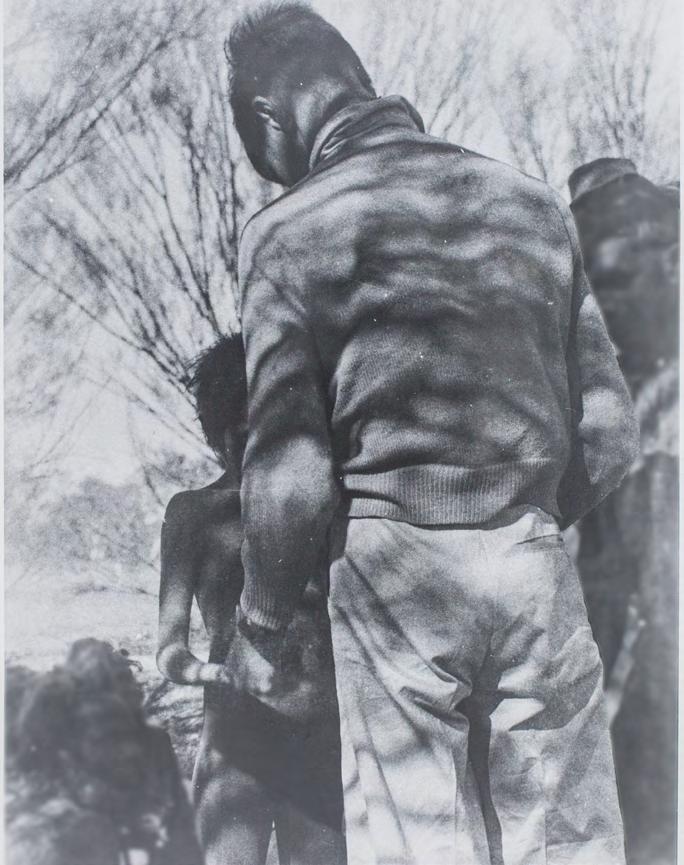62
Research
Case note review
General Surgery: ineffective transfers Reviews of important surgical procedures help us improve outcomes. This is a case study selected by the Australian and New Zealand Audit of Surgical Mortality (ANZASM) Committee for your information. Case Summary: A patient in their early 60s was admitted to the emergency department of rural hospital A with a history of abdominal pain (10 days-3 weeks), haematemesis (one week), melaena and hypotension. The patient had pneumonia about three weeks prior. Co-morbidities included hepatitis C from previous intravenous drug use, heavy alcohol intake of one cask of wine daily, emphysema (smoker of 35 cigarettes daily), depression and benign prostatic hyperplasia. About four hours afterwards, the patient was transferred to regional hospital B, arriving in the emergency department at 00:30. Noradrenaline infusion and IV antibiotics were started. Lactate was noted to be 13, with pH 7.24, haemoglobin (Hb) 143 and white cell count of 4.3. Generalised abdominal tenderness was documented. The patient was admitted to the Intensive Care Unit (ICU) where the ICU consultant and on-call anaesthetist were reported to be ‘happy to manage the patient’. Surgical review by the registrar at 05:15 stated that the patient was not accepted by the surgical team prior to transfer. The patient was seen by the surgical consultant at 07:25. The CT at that time showed diffuse mural thickening of the rectum up to 10 mm, perirectal inflammatory change, diffuse oedema of presacral/extraperitoneal fat and diffusely thick-walled oesophagus. Ischaemic colitis was diagnosed and arrangements made for transfer to
metropolitan hospital C. The patient was on noradrenaline 20 mg/min and vasopressin. The patient eventually arrived at hospital C at 20:00 (24 hours after the first hospital admission) and was attended by the surgical Fellow almost immediately. By that time noradrenaline was down to 4, platelets at 12, Hb 90. The patient was taken to theatre within an hour and underwent a gastroscopy and flexible sigmoidoscopy, which found old blood throughout the oesophagus and stomach, distal oesophagitis and grossly ulcerated rectal mucosa 10-15 cm from the anal verge and inflammation from 5-10 cm. Laparoscopy showed ‘pus around liver, right paracolic gutter and pelvis; normal small bowel with no fibrin to suggest perforation’. The colorectal Fellow and gastroenterology registrar were present during surgery, and discussion with the surgical consultant concluded with the agreed diagnosis of ‘bacterial peritonitis from rectal translocation’. A drain tube was placed, and 3-litre washout performed. No laparotomy was conducted.
a MET (Medical Emergency Team) call that night for tachypnoea and altered conscious type, acute pulmonary oedema and type 2 respiratory failure. Following readmission to ICU, it was decided with the family not to escalate respiratory support or reintubation. The patient died two days later. Comments: An area of consideration in this case was the initial decision to transfer the patient from rural hospital A to regional hospital B without first discussing with the admitting surgical team their capability to manage the patient. Similarly, it is unclear why the surgical team at hospital B then decided to transfer the patient to hospital C despite the availability of an ICU bed with ventilator and a willing anaesthetist. Ischaemic colitis usually is managed with IV antibiotics, and a patient is only transferred if no postoperative ICU bed is available. Nevertheless, besides the waste of resources from multiple transports, this probably would not have changed the outcome.
The patient was managed postoperatively in ICU. A repeat CT the following day showed diffuse colitis associated with splenic infarct, with sparing of transverse colon. Throughout the stay, the patient battled issues of persistent thrombocytopenia/anaemia requiring transfusions, bilateral lung consolidation thought to be aspiration from intubation, candidaemia on cultures and delirium. Input was sought from infectious diseases, cardiology, colorectal and gastroenterology subspecialties during this time.
Patient management at hospital C was thorough and complete. It was reasonable not to convert the patient from a laparoscopy to a laparotomy when it seemed that most of the rectal ischaemia was under the peritoneal reflection and a platelet of 12 indicated the patient was extremely unwell. The fact that the patient never recovered post-surgery is a reflection of the extensive comorbidities. Further surgical intervention in the form of laparotomy, colorectal resection and stoma would probably have been futile in such an ill patient.
On postoperative day six the patient was stepped down from ICU, but quickly had
ANZASM Clinical Directors Comment: Poor care related to the transfer of
